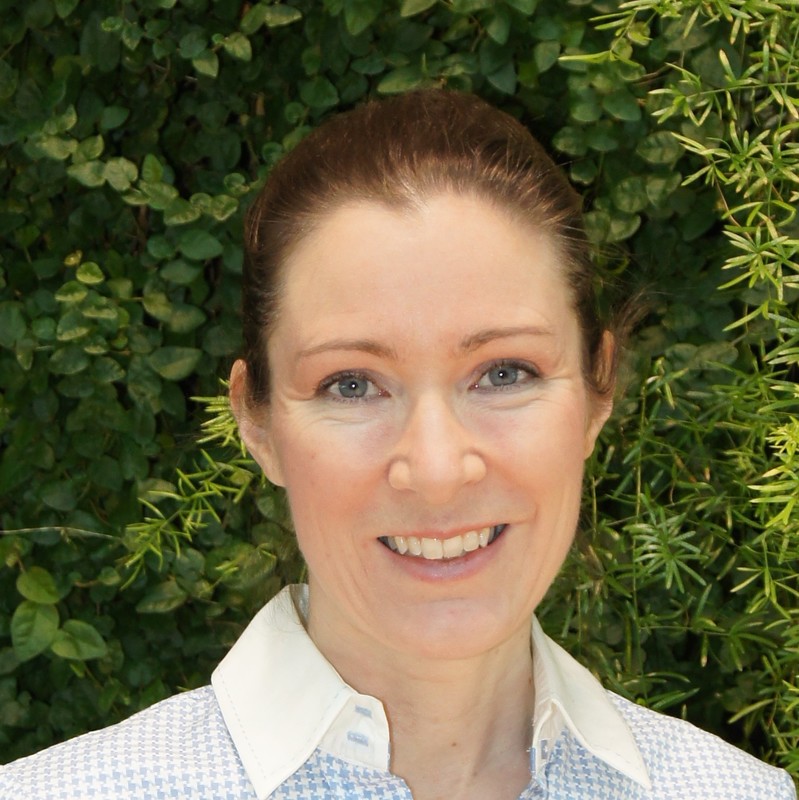|
Summer 2016, a bold idea was born. What if, the Nokia simulation system that was developed over the past decade to optimize smartphone mechanics, could be used to understand human bones and how to fix them?
Broken bones, from fracture lines to bone density, are unique. Every human body is individual, and it keeps changing. Add mobility, mechanical and cyclic loading to the healing equation. How do you find the optimal solution? How do you place an implant to have the best possible healing result? Sakari, who is the creator of Nokia and Microsoft simulation system, and for two decades led the company’s Mobile Devices technology simulations, and Anna-Maria, leader of advanced technologies and new technology introduction, teamed up with clinical and biomedical professionals: Goncalo, who knows bones as material (he has a PhD in orthopedics and traumatology, and does research in joint osteoarthritis); Risto, who knows how to fix them (he is a Chief Physician and a maxillofacial surgeon) and Matti, who masters the imaging algorithms (he has a D.Sc. in Tech, and is specialized in imaging algorithms, computational methods and multi-physics modeling). Together, they had an idea how to take orthopedic surgery to the next level. They realized, that they have in their hands an imaging and analysis system that could be reprogrammed to provide surgeons a clinical tool that can revolutionize the quality and consistency of orthopedic surgery procedures. While improving the surgery outcome and patient care, the software also improves hospital profitability through shorter surgery times, shorter recovery times and lower re-admissions rate.
|
Transforming Treatments
|
Follow our journey at:
Copyright © 2023 Disior™ Ltd. All Rights Reserved Privacy Notice License Agreement Disior™ a Paragon 28® Company |




 RSS Feed
RSS Feed

